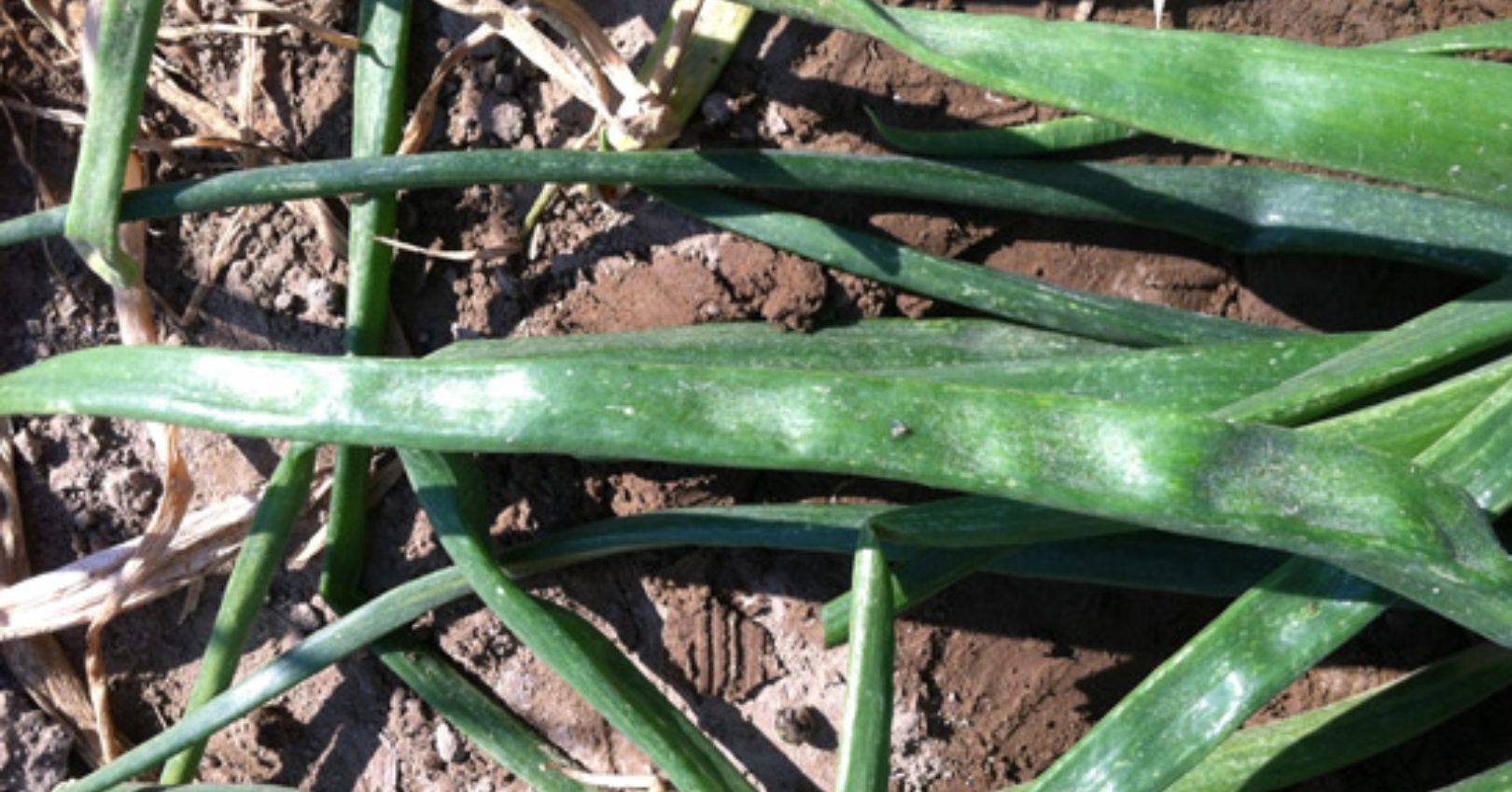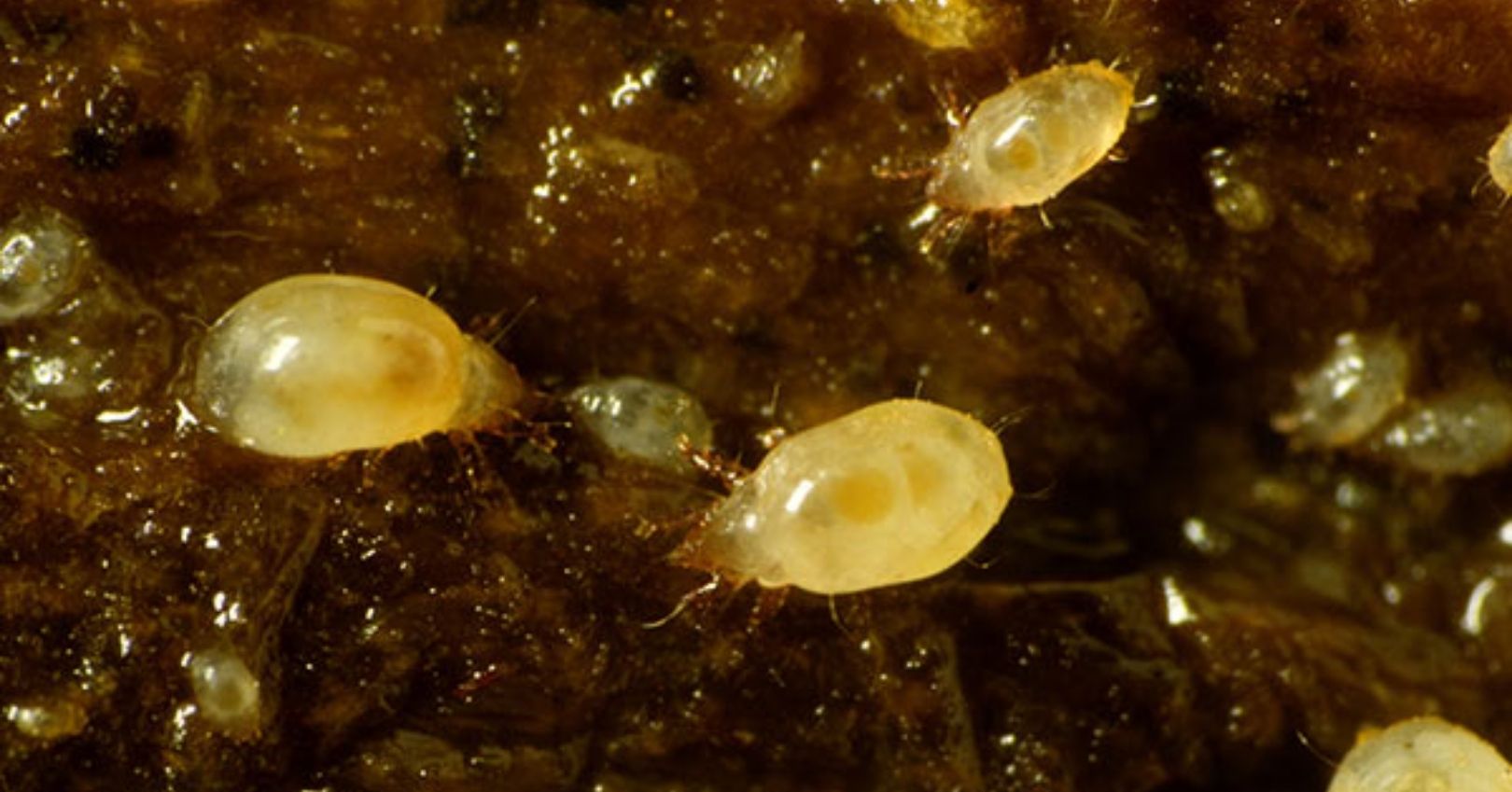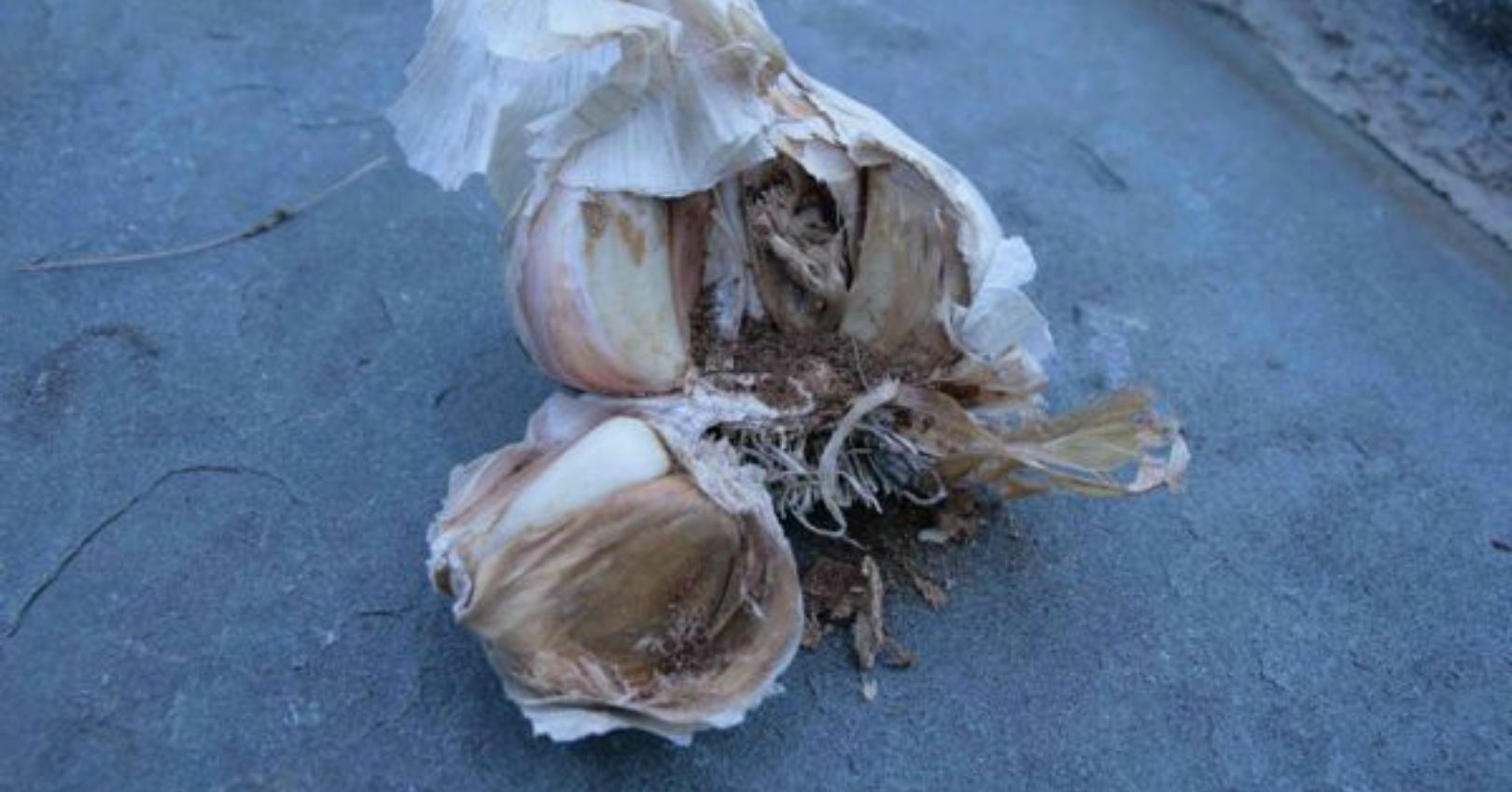Mites
Spider Mites




Description
Adult: Females 0.017 inch (0.4 mm) long and oval; males slightly smaller with tapered hind end. Orange in color during winter and early spring, then turn yellow-green with two dark spots once feeding begins. Adults have red eyes, and as they mature, their bodies turn dark brown and the two dark spots become less distinct.
Egg: Round, 0.02 inch (0.5 mm) in diameter, and translucent to opaque.
Immature Stages: Initially round, translucent to pale green, with three pairs of legs when first hatched, then oval, dark green with black spots on back with four pairs of legs as it matures. Stages include larvae, protonymph, and deutonymph.
Life History
Adult females take on an orange color in the fall as their metabolism slows. They then spend the winter in protected sites on the ground, such as on crop debris and weeds. In the spring, mites crawl to nearby host plants to feed, and they are able to “parachute” on air currents attached to a strand of fine silk. Egglaying begins a few days after feeding starts. The overwintering females can lay 30 to 50 eggs in a 25- day average life span while the summer females can lay up to 100 to 150 eggs in a 4- to 6-week period. First generation eggs may take 3 weeks to hatch, depending on temperatures, while egg hatch in the summer may take only 1 to 2 days. A single generation may be completed in as few as 10 to 14 days during the hot summer periods. Eight or more generations occur each year.
Damage
Spider mite feeding causes fine stippling (small spots) on the upper surface of leaves; leaves can become bronzed and turn brown when injury is severe. Mites produce silk webbing on the undersides of leaves causing a grayish hue in their color. Damage may also cause wilting, deformed leaves, leaf drop, and leaf and stem death.
Management
Cultural
- Keep plants healthy and unstressed, especially by drought. Unhealthy or drought-stressed plants are more susceptible to mite populations and damage.
- Avoid using broad-spectrum insecticides and miticides which kill beneficial insects and predatory mites. Green lacewings, predatory mites, and ladybugs help control spider mite populations.
- Avoid applications of malathion and pyrethroid insecticides for squash and pumpkin insect pests, such as squash bug. These insecticides are known to stimulate mite feeding and reproduction (hormoligosis).
- Use a strong stream of water from a hose-end nozzle to physically wash mites off of infested plants. Direct a stiff spray of water to the undersides of leaves and the lower portions of plants.
- Use a slow-release nitrogen fertilizer when possible. High nitrogen levels in foliage encourage spider mite reproduction.
Bulb Mites
Description
Adult: Shiny, creamy white, bulb shaped, and about 0.03 inch (0.8 mm) long. Wingless with four pairs of short brown legs. Mouthparts and legs are purplishbrown. Often described as tiny pearls with legs.
Egg: White, minute, and laid singly on bulbs.
Immature Stages: White to brown, oval, 0.15 to 0.4 mm long, with three pairs of legs initially then four pairs as the mite matures. Stages include larva, protonymph, and deutonymph.
Life History
Bulb mites have a wide host range and overwinter on decaying vegetation such as weeds or plant debris from previous crops. Males die shortly after mating but females may live for about a month. Females will lay 50 to 100 eggs in a lifetime (about six to eight per day). Eggs hatch in 2 to 7 days. One generation can be completed in 2 to 4 weeks under favorable conditions. Bulb mites are slow moving and generally occur in clusters deep in the crevices between the roots and stem plate.
Damage
Bulb mites feed on the roots, basal plate, and outer skin layers of onion bulbs. Feeding injury provides openings for soil-borne fungal pathogens such as Pythium, Rhizoctonia, and Fusarium. Bulb mites can reduce plant stands and vigor. Injury typically occurs during early vegetative growth stages of onion. Symptoms resemble those of damping-off caused by Pythium. Infestations affect onion bulbs both in field and in storage.
Management
Cool, wet weather that retards plant growth favors bulb mite injury, and cultural practices that promote rapid growth can allow plants to outgrow injury.
Cultural
- Allow crop residues to fully decompose prior to planting onions. This will discourage bulb mites.
- Use clean seed and transplants. Examine transplant seedlings for presence of mites prior to planting and discard any that are soft when squeezed.
- Rotate onions. Mite populations will increase in soil following successive plantings of onion.
- Store bulbs under cool temperatures and low relative humidity. Storing onion bulbs under the appropriate conditions minimizes diseases and reduces build-up of bulb mite populations.
- Use hot water treatments. For bulbs to be planted as onion sets, dip bulbs in hot water before planting.
Note: Hot water treatment can weaken bulbs.
Chemical
Pre-plant soil fumigation can be used to control mites that are found in the soil prior to planting. Soaking bulbs in a miticide before planting can help prevent bulb mite injury.
Biological
Bulb mite populations may be suppressed by the soildwelling predatory mite Hypoaspis aculeifer

